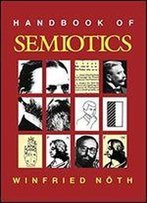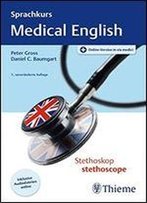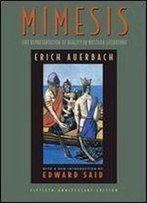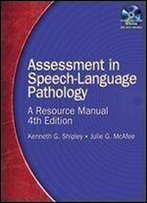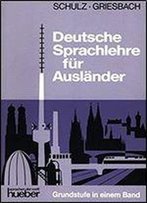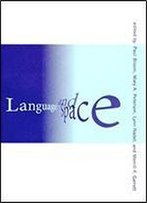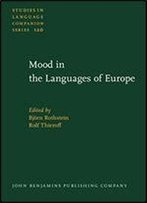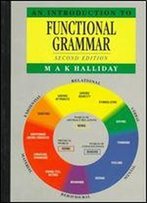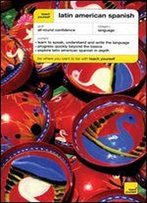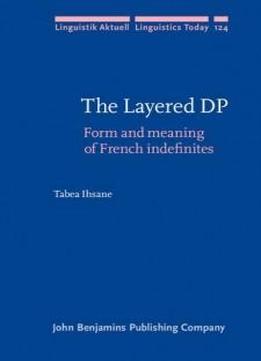
The Layered Dp: Form And Meaning Of French Indefinites (linguistik Aktuell/linguistics Today)
by Tabea Ihsane /
2008 / English / PDF
2.5 MB Download
This book examines argumental
This book examines argumentalun
un-NPs and
-NPs anddu/des
du/des-NPs
in French: nominals with the indefinite article and with the
so-called ‘partitive article’ respectively. The main aim is to
account for the different interpretations of these indefinites and
to determine how interpretation and structure are related. This
study thus concerns the syntax-semantics interface, with an
emphasis on the composition of the left periphery and the
inflectional domain of the indefinites mentioned. It is realized in
the framework of generative grammar and in a cartographic approach.
A crucial proposal put forward in this book is that indefinites of
different semantic types are associated with different left
peripheries. The analysis further suggests that the inflectional
domain of these indefinites may comprise three discrete functional
projections encoding the features [count], [quantity] and [number].
Interestingly, these results seem to extend to a selection of bare
nouns in Romance and Germanic languages.
-NPs
in French: nominals with the indefinite article and with the
so-called ‘partitive article’ respectively. The main aim is to
account for the different interpretations of these indefinites and
to determine how interpretation and structure are related. This
study thus concerns the syntax-semantics interface, with an
emphasis on the composition of the left periphery and the
inflectional domain of the indefinites mentioned. It is realized in
the framework of generative grammar and in a cartographic approach.
A crucial proposal put forward in this book is that indefinites of
different semantic types are associated with different left
peripheries. The analysis further suggests that the inflectional
domain of these indefinites may comprise three discrete functional
projections encoding the features [count], [quantity] and [number].
Interestingly, these results seem to extend to a selection of bare
nouns in Romance and Germanic languages.
